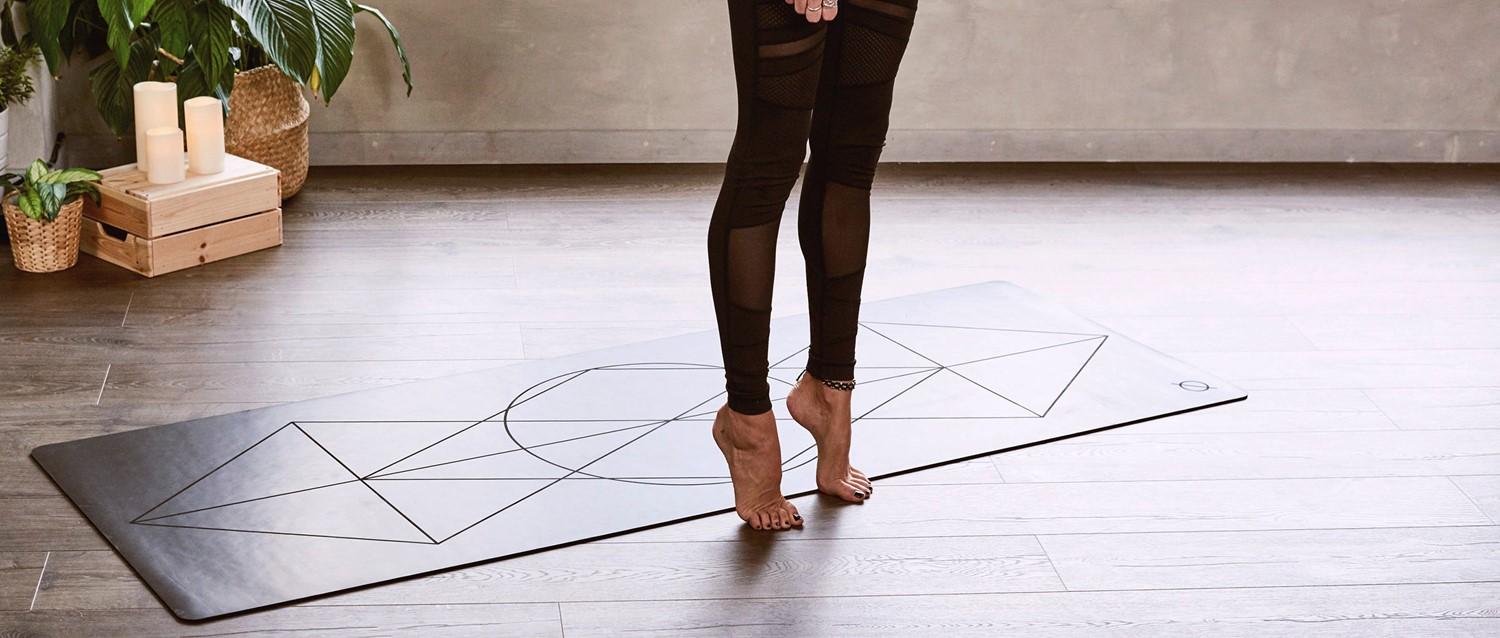
How to keep your feet problem-free
Peer reviewed by Dr Hayley Willacy, FRCGP Last updated by Dr Sarah Jarvis MBE, FRCGPLast updated 31 Oct 2017
Meets Patient’s editorial guidelines
- DownloadDownload
- Share
- Language
- Discussion
They're as far away from your eyes as they can be and still be part of your body, but that's no reason to ignore your feet. They work hard every day, supporting all your weight, and a little TLC can go a long way.
In this article:
Continue reading below
Set your toes free
Fungal feet
Once summer has disappeared, the dark months have begun where your feet are concerned, bundled up in thick winter socks and stout shoes. And that's just the way fungi like it. Mushrooms thrive anywhere that's warm and moist, and the microscopic fungi that cause infections are the same. Athlete's foot is a fungal infection commonly seen in people who wear sweaty trainers, but it's not confined to athletes. Sharing communal showers or using a towel shared with someone else lets you pick up microscopic spores, leading to itchy, scaly skin and painful cracking. It usually starts in the skin between your toes (often little toes first).
Treating the infection with antifungal cream from your pharmacist is the first step. You'll need to keep going for several days after the infection has cleared with some creams. But you'll also need to take steps to stop it coming back, and that's all about keeping your feet cool and dry. Use a fresh dry towel to dry your feet; use cotton socks changed daily; wear open sandals where possible and use flip-flops in communal showers.
And fungal nails
They may not cause serious harm but fungal nail infections can certainly dampen your enthusiasm for summer sandals. The infection can spread from athlete's foot on the skin of your feet. Your nails (mostly toenails) become thickened, crumbly and discoloured. Up to 1 in 12 people get this infection at some point, and they're more common in over-60s or if you're generally unwell or have other long-term conditions like diabetes.
Making a firm diagnosis involves taking a nail clipping and culturing it in a lab - your GP can arrange this. You don't always need treatment for mild infections, but options include daily tablets or nail lacquer painted on daily. You may need treatment for up to six months.
Ouch!
Bunions - a bony outgrowth at the base of your big toe - aren't pretty either, and they can also be very painful. The joint connecting your big toe with the rest of the foot gets deformed, which can lead to rubbing, soreness and inflammation of the skin over the joint. Bunions can run in families and joint problems like osteoarthritis also put you at risk.
For mild bunions, wearing flatter, roomier shoes that don't press on the joint or force your foot forwards may be enough - adjustable laced shoes are often best. If your symptoms are severe, there are several types of surgery, ranging from trimming the joint to breaking and realigning the bones or even fusing the joint completely. You may be able to get this done under local anaesthetic without an overnight stay.
Continue reading below
Put a spring in your step to stop the pain
Plantar fasciitis is another common cause of pain, this time in your heel. The tough band of connective tissue (that runs under the sole of your foot to support the arch) gets inflamed where it's attached to your heel bone. The pain is usually worse when you first get out of bed, and you may find a very specific tender spot if you press on the bottom of your heel. It's thought to be down to repeated minor trauma - often if you suddenly start exercising more or change to shoes that don't offer much cushioning support.
Being overweight, not surprisingly, puts more pressure on your heels, so losing weight will help. So will rest and supportive, cushioned insoles to your shoes, along with painkillers or anti-inflammatory tablets. If they don't work, try seeing a podiatrist for specialist shoe inserts and exercises to stretch the connective tissue around your heel. It can take several months to settle completely.
Forefoot fun and games
Morton's neuroma can cause piercing pain on the sole of your foot, usually just behind the base of your 3rd and 4th toes. Thought to result from long-term squashing of the nerve that runs between the heads of the forefoot bones (your metatarsals), tight shoes and arthritis of the foot can both make it worse. If your symptoms are mild, changing your footwear and/or using shoe inserts may do the trick. Otherwise, a podiatrist can help and may be able to offer a steroid injection to reduce inflammation, or remove it.
Morton's neuroma isn't the only cause of pain in this area. Metatarsalgia, or pain affecting the area under the head of the metatarsal bones, can be down to damage or inflammation of the bones. Repeated bashing on the metatarsal heads from running, especially in shoes without adequate cushioning, is a common cause. In fact, in the past, newly conscripted soldiers who were forced to march long distances in ill-fitting army boots suffered so often from this condition that it was named 'march metatarsalgia'. Rest, physiotherapy, and the right shoes can all contribute to recovery.
Continue reading below
The shoes have it
So if I have one top tip for keeping your feet problem-free, it's giving a thought to their health when you decide what to put on them. High heels can increase the pressure on the balls of your feet, making you prone to Morton's neuroma and metatarsalgia. Wearing them all the time may also shorten your Achilles tendon, increasing the chance of getting plantar fasciitis.Tight shoes can put you at risk of Morton's neuroma and bunions.
Wearing trainers all the time, on the other hand, makes athlete's foot more likely, and flip-flops and pumps don't offer any support for your arches, so you can end up with foot pain from collapsed arches or claw toes. Mixing it up where your shoes are concerned is probably your best bet - alternate low and high heels, but wear kitten heels too. If you're a man, you might want to ignore that advice and just change your trainers regularly - or am I just being old-fashioned?
With thanks to 'My Weekly' where this article was originally published.
Patient picks for Foot health

Foot care
How to find the perfect running shoes for your feet
Whether you've only just decided to take up running, or have long been in training for a marathon, having the right pair of trainers can make a big difference in keeping injuries at bay. But before you think about buying the latest brand, always make sure you get the best advice, as I discovered on a recent shopping trip to London.
by Ross Davies

Foot care
How to keep your feet healthy this summer
We all know about using sun cream, aftersun, and moisturiser to protect ourselves against harmful UV rays. But what about looking after one of the most hardworking and underrated parts of the body - your feet? A qualified footcare expert shares some summer foot care tips to help keep your feet healthy this summer.
by Heather Ainsworth
Continue reading below
Article history
The information on this page is peer reviewed by qualified clinicians.
31 Oct 2017 | Latest version

Ask, share, connect.
Browse discussions, ask questions, and share experiences across hundreds of health topics.

Feeling unwell?
Assess your symptoms online for free
Sign up to the Patient newsletter
Your weekly dose of clear, trustworthy health advice - written to help you feel informed, confident and in control.
By subscribing you accept our Privacy Policy. You can unsubscribe at any time. We never sell your data.